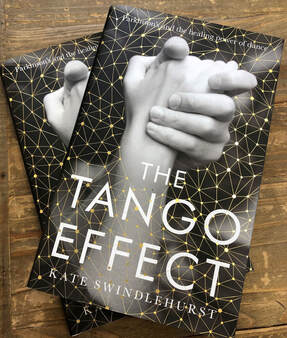|
Kate Swindlehurst Author Profile After more than 30 years in various classrooms I had taken my first steps in Argentine tango. I had also begun to come to terms with my diagnosis. In 2008 I moved from Cumbria to Cambridge to begin a new career as a writer. My memoir, The Tango Effect: Parkinson’s & the Healing Power of Dance was published by Unbound in April 2020. As well as health and well-being, I am interested in our relationship with the natural world. and spent two years with support from Arts Council England as writer in residence at Cambridge University Botanic Garden. I have completed two novels and two short story collections and have had short fiction & non-fiction published in print and online. Inspired by visits to the Calais ‘Jungle’, my latest novel The Station Master, shortlisted for the Caledonia Award in 2017, looks at our attitudes to migration. I have recently embarked on a new work exploring the importance of place and belonging in our search for happiness. |
|
How do you deal with a diagnosis of Parkinson's? Dancing is probably the last thing on your mind…The Tango Effect is the story of an incredible year in the life of a woman with Parkinson’s. It began with a tango lesson and grew into an exploration of the healing potential of the dance.
Quirky, intimate and unashamedly literary, the book takes an unflinching look at the dark side but also at reasons to celebrate. It builds on research on the impact of dance on Parkinson's symptoms & takes it a stage further, with a behind-the-scenes record of private lessons and contributions from tango teachers. It documents the emotional and social benefits of the dance and its impact on the quality of life. |
What readers say " a wonderful book for me. I have learnt so
much about the body and dance..." Di Clay "a must read - as it says on the tin Parkinson's & the healing power of dance..."
Jay Weatherly |
This book is my story, a story of learning to accept myself as I am but also refusing to be defined by Parkinson’s. It’s about how I found a way of living with illness that is liberating. It’s the story of an extraordinary dance, both exotic and accessible, its history, its music. It’s the story of what happens when the two come together. And it’s the story of a sustaining and enduring friendship.
The Tango Effect challenges our perceptions of disability. It is essential reading for those with a professional interest in dance and Parkinson's, and for researchers in the field. It's also a book for the ordinary reader, for those living with a chronic condition, and for the tango and Parkinson's communities worldwide. Read more... |



